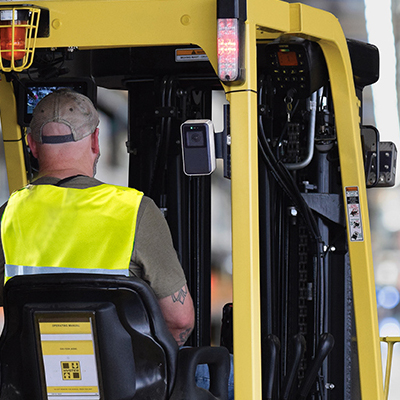


How Do You Know if a Company’s Safety Stats Are Legit?
Four Tips for Discerning Good Data.
Safety-related companies often weave statistics throughout websites and sales materials. At times, even exaggerated numbers are cited to spur interest and action. So, how do you know whether you should “buy” this data?
Tip #1: Look for an attribution to a reputable source. When evaluating a company’s safety statistics, it’s crucial to rely on quality sources and verifiable data. Here’s why using solid information matters and how to discern reliable safety stats.
The Importance of Accurate Safety Statistics
There are many reasons why it is important to use, validate and expect quality data. If you are researching and comparing products or services, you will want to see through the marketing lingo and discern whether the information and product is legitimate.
A company that respects data and uses it appropriately indicates it is aware that safety data does not just reflect numbers; it represents human lives. In the material handling space, injuries or deaths happen to associates and friends. They affect every aspect of the entire operation, including morale.
Publishing inaccurate stats is irresponsible because they can mislead potential customers, the public and even safety program managers. When accepted as legitimate by the latter, they can ultimately influence safety protocols, training programs and emergency responses, which impacts lives.
Dependable Sources
Most of the quality safety stats come from key sources. These include governmental organizations, like the Occupational Safety and Health Administration (OSHA), Mine Safety and Health Administration (MSHA) and the U.S. Bureau of Labor Statistics (BLS). The nonprofit National Safety Council (NSC) is also an excellent source of quality safety data.
Tip #2: Consistency. Cross-check with other reputable sources to ensure consistency and accuracy with the data you read. Don’t take unattributed stats as gospel – do your own research to ensure they are legitimate.
Tip #3: Contextual Understanding. Understand the context in which the data is presented. Misleading interpretations can arise from a lack of context and not reading articles or information in its entirety.
Tip #4: Transparency. Companies should be transparent about how their data is collected and reported. If you are not seeing clear attributions, question its reliability and accuracy.
Key Statistics to Consider
Here are some crucial safety stats from reliable sources:
- A worker dies every 96 minutes from a work-related injury (BLS).1 This staggering statistic underscores the critical need for stringent safety measures across all industries.
- There were 5,486 fatal work injuries recorded in the United States in 2022 (BLS).2 This data point provides a sobering snapshot of the risks faced by workers annually.
- In material handling, 35,000 serious injuries and 62,000 non-serious injuries involving forklifts occur annually (OSHA).3 Efforts to promote forklift safety, like the Industrial Truck Association’s National Forklift Safety Day, are important ways to raise awareness and promote prevention strategies.
- Related to the financial cost of workplace injuries, the cost for each medically consulted injury is $40,000; for each fatality, it is $1,390,000,4 and the average medical claim for a “struck by” incident is $40,104 (NSC).5 These costs emphasize the economic advantages of investing in comprehensive safety programs and preventative measures.
Why Matrix Is Committed to Using Attributed Research
Matrix Design Group, creator and manufacturer of OmniPro® Vision Ai collision avoidance system and IntelliZone® proximity detection system, has invested time and resources in gathering top-quality statistics related to safety in the industrial and mining space. We believe that having excellent data allows us to better understand and meet our customer’s needs. First and foremost, of course, our goal is to drive and advocate for safer operations.
The new OmniPro Vision AI is a powerful and highly accurate collision avoidance system that uses visual artificial intelligence to “see” people, vehicles and selected objects within the path of mobile equipment. It makes operations safer and more productive and doesn’t require location devices or tags. OmniPro, which received NIOSH’s technology innovation award, records and stores zone breach incidents with time-stamped photos and offers optional machine integration. Learn more about OmniPro Vision AI or ask us about a trial.
Matrix Design Group, headquartered in Newburgh, Indiana, is an ISO 9001-certified designer, developer and marketer of safety and productivity technology for mining and industrial applications. Our innovative systems include proximity detection, collision avoidance, networks/communications/tracking, mine atmospheric monitoring, lighting and cameras, with offices in Lexington, KY; Johannesburg, South Africa; Emerald, Queensland, and Singleton, New South Wales, Australia.
Conclusion
It is important to be alert to the fact that not all statistics cited on websites or in marketing materials are accurate. Take time to look deeper and do your own research to verify the data. You will be doing yourself and your company a service.
1, 2 BLS www.bls.gov/news.release/pdf/cfoi.pdf
3 OSHA www.osha.gov/sites/default/files/enforcement/directives/CPL_04-00-023F.pdf
4 NSC https://injuryfacts.nsc.org/work/costs/work-injury-costs/
5 NCCI link (Also cited by NSC)
